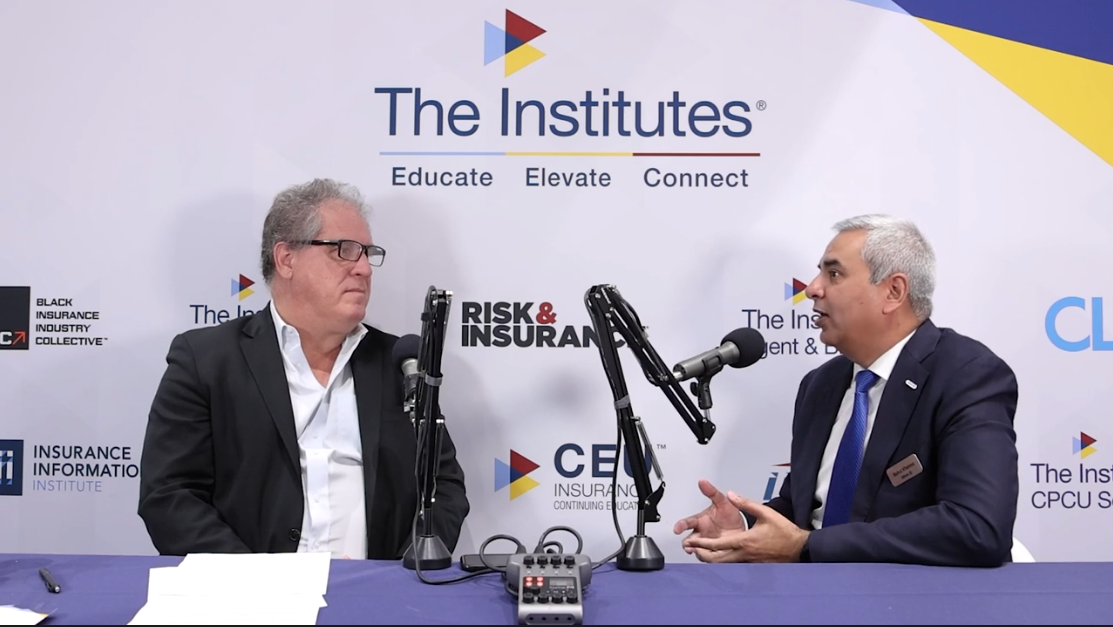You Be the Judge
Is Worker’s Death by Lightning Strike Compensable?

A worker for Shelby Industries asked his supervisor if he could leave work early to tend to some personal business. The worker was given permission, and he clocked out. He exited Shelby’s building but remained on its property to wait for his daughter to pick him up. A thunderstorm was approaching.
Three minutes after the worker clocked out, Shelby’s vice president heard a scream from the parking lot. The worker was found lying face down outside near a large oak tree, which was in the vicinity of a metal building. He had been struck by lightning. The worker died two days later from his injuries.
The worker’s estate filed a claim for death and survivors’ benefits. Shelby denied the claim, arguing that the worker’s injury and death were not work-related.
The administrative law judge found that the estate was entitled to benefits, concluding that the claim was not barred by the coming and going rule. The ALJ found that the positional risk doctrine applied, explaining that a Federal Emergency Management Agency fact sheet stated that during a thunderstorm, one should avoid anything that would be considered a “natural lightning rod” such as a tall, isolated tree and “anything metal.” The court of appeals affirmed the ALJ’s award, reasoning that Shelby had no control over the lightning, but control over the instrumentality of the injury was not a determinative factor of whether a worker was entitled to benefits. Shelby appealed.
[poll id=”110″]
How the court ruled: The court explained that in most lightning strike cases an increased risk test is applied to determine whether the injury is work-related. The court found that the ALJ properly found that the worker was placed in an area of increased risk due to the presence of a metal building and tall tree.
A is correct. In an unpublished decision, the Kentucky Supreme Court held that the worker’s estate was entitled to death and survivors’ benefits. Shelby Industries, LLC v. Estate of Larsh, No. 2012-SC-000031-WC (Ky. 03/20/14, unpublished).
B is incorrect. The court found that although Shelby did not have any control over the lightning, due to his employment, the worker ended up in an area that increased the likelihood of a lightning strike.
C is incorrect. The court found that the coming and going rule did not prohibit the estate from receiving benefits. The worker’s injury occurred on Shelby’s property. There was no evidence that the worker deviated from normal coming and going activities. He clocked out three minutes before he was struck by lightning while he was outside waiting for his daughter to pick him up. While the worker could have remained inside to wait for his daughter, the court found no evidence that his decision to go outside was a substantial deviation.
Editor’s note: This feature is not intended as instructional material or to replace legal advice.










